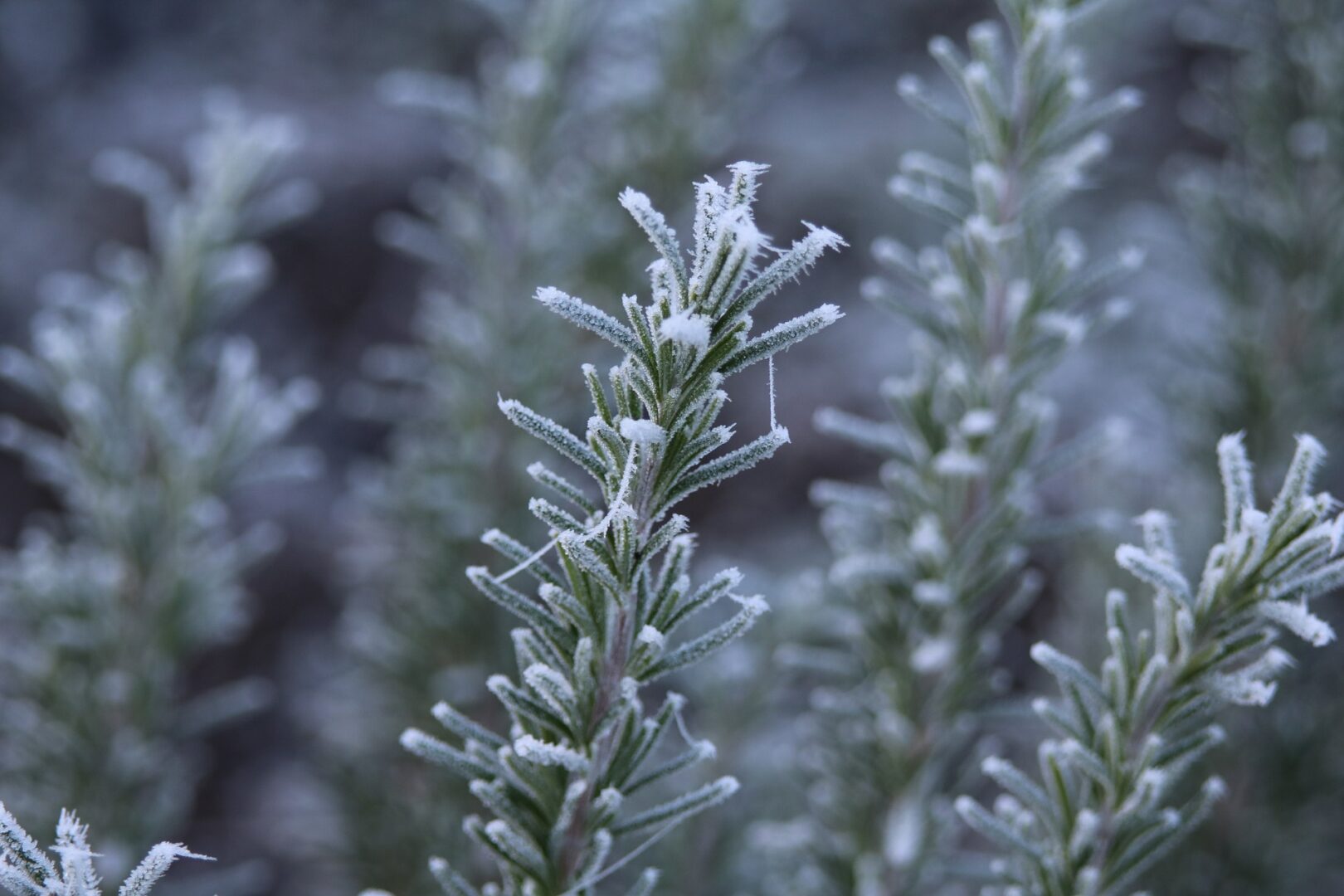I did it again. In all of this excessively cold weather, I was so obsessed with protecting the pipes that I forgot to protect my rosemary and lavender. They are, I hate to admit, dead. Again.
I just went through this last winter. I know they’re more vulnerable because they are container grown and wish I ’d given them a thought—but I was too busy running a space heater in my tool shed and leaving my faucets dripping to keep my pipes from freezing, that I forgot to protect my poor herbs. And, despite my best efforts, my pipes froze anyway (but none burst, thank Heaven!)
If you are like me and are going to have to replace your rosemary and lavender this spring, here are a few varieties to consider:
LAVENDER
French—French lavenders have pretty slightly scalloped foliage with large showier earlier flowers than English lavenders; however, they are less winter-hardy.
Grosso—A somewhat globular growing species with an intense fragrance. Somewhat more humidity tolerant.
Hidcote—A traditional English lavender; 12 to 18 inches tall with rich blue flowers.
Munstead—A durable English lavender with silver-green foliage and lavender/blue flowers.
Phenomenol—Grows up to 3 feet tall. Less prone to winter die-back than some lavenders and a little more tolerant of our summer humidity.
Provence-Fairly winter-hardy. Leaves and flowers highly aromatic. 12 to 18 inches tall and wide with lavender/blue flowers mid-summer.
Silver Edge—A sport of a traditional English lavender having silver margins on the foliage.
ROSEMARY
Arp—One of the most winter-hardy varieties of rosemary with silver-green foliage and bright blue spring flowers. 3 to 4 foot tall.
Barbeque—Sturdy stems make good barbeque skewers. It is borderline hardy here so plant in a protected area and cover on nights where temperatures drop below the mid-teens.
Hill Hardy—Bright green foliage with profuse spring flowers. Grows 3 to 4 feet tall. Along with Arp, fairly winter-hardy here.
Prostratus—A pretty trailing rosemary. It has fragrant dark green leaves and grows fast. It is only hardy to zone 8 but is a fast enough grower to make it worth growing just for the summer.
Salem—Upright rounded shape with lots of small blue flowers in early spring. Grows 2 to 3 feet tall. Best with some winter protection.
Tuscan Blue—One of the tallest varieties, up to six feet. Pretty glossy foliage and early spring flowers. Good fragrance. Best with winter protection.
Even the most winter hardy varieties will NOT tolerate cold AND wet so planting in well-drained soil is a must. Both rosemary and lavender need full sun and prefer slightly alkaline soil.
I have had good results growing rosemary and lavender in containers over the winter—pulling them to a somewhat protected area (right up next to my house, under the overhang—which has the advantage of keeping it drier as well.) Of course, this works best if you remember to protect container grown plants when temps drop below 15…

